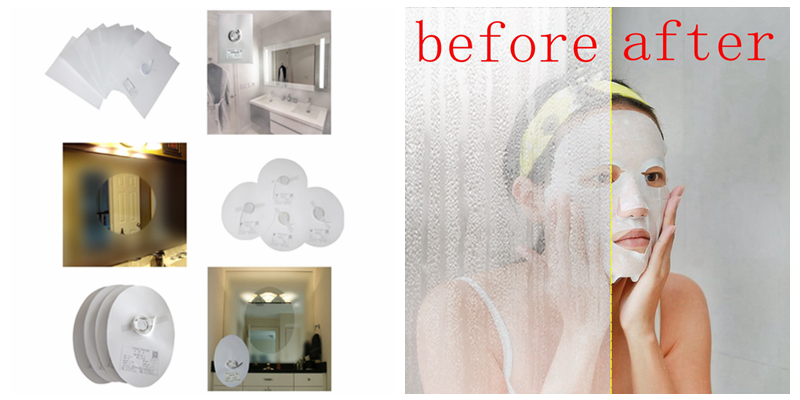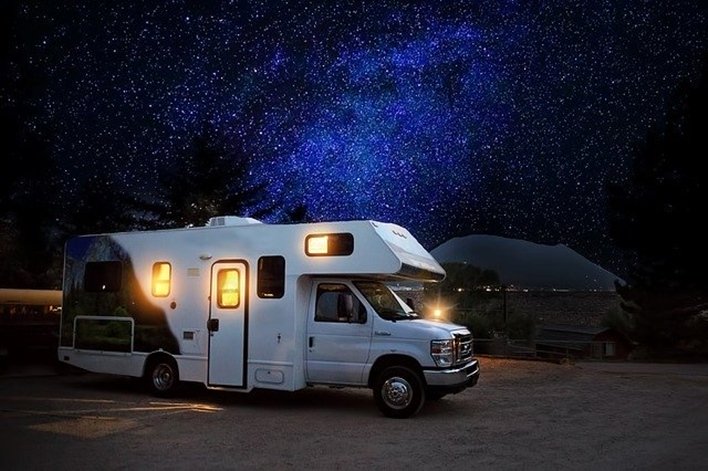Nowadays, more and more people have a car, do you aware of all the lights cars have? do you know how important it is to use the right lights at the right time ?
According to the Department of Transportation Motor Vehicle Administration, in order to successfully pass a driver’s test, you must be able to identify a car’s lights as well as how to use them. This mandate supposedly ensures that drivers will use their car’s lights correctly. Unfortunately, many drivers “forget” these skills once they’ve taken the test. Not only does this put their own lives in danger, but the lives of fellow motorists as well.
A car’s various lights have specific functions to either help the driver or to signal to other drivers. When used improperly, or not at all, accidents can happen. This is why it is extremely important to be able to recognize the different lamps and know when to use them.
Car lights include:
- Headlights. There are two types of headlights—low beam and high beam. These lights allow the driver to see the roadway in the dark, while also signaling to other motorists that a car is present. Low beams provide a light distribution to give adequate forward and lateral illumination without blinding other road users with excessive glare. High beams provide an intense, center-weighted distribution of light with no particular control of glare and should only be used when there are no visible cars in front of you (coming or going).
- Tail lights. Tail lights are required to produce only red light at the rear of the vehicle and are wired such that they are lit whenever the headlights are on. This helps drivers who are traveling behind you to recognize that you’re there and how far ahead you are.
- Daytime running lights. These lights are located in both the front and rear of the car and generally turn on automatically; although in some cars you do have an option to turn them off. They are designed to make you more visible to other vehicles, but some drivers find them distracting in oncoming cars.

- Fog lights. Located near the headlights, these lights and are generally mounted low in order to prevent the light from refracting on the fog and glaring back toward you (the driver). These should only be
- used during fog when normal headlights are not effective.
- Signal lights. Also known as turn signals or “blinkers” these are located in the front and back of the car, beside the head and tail lights. When activated, they indicate to other drivers that you’ll soon be turning (in the indicated direction of the signal) and will most likely be slowing down to do so.
- Brake lights. Located to the side of your rear lights, they signal drivers that you’re slowing down or stopping. Since they’re only activated when you apply the brakes you don’t need to worry about misusing them. However, you do have to make sure they are properly maintained and do not burn out.
- Hazard lights. Also known as flashers, they are located in the front and back of the vehicle. When turned on they admit a flashing signal to warn other drivers that you’re experiencing a problem, are in distress, or warning of an immediate danger (rocks in the road, slow funeral procession). They should only be used as warnings of distress or traffic problems—never as stop signal or illegal parking permit.
- Driving lamps. These are located inside the cab of your vehicle and are used to brighten the cab for the passenger or driver to safely check maps or directions, or locate items in the dark. They should never be used for long periods.
-
 How to Install Heat Pad on Mirror?
How to Install Heat Pad on Mirror?Do you like ?0
Read more -
 Why LED Lights are Perfect for RVs & Boats?
Why LED Lights are Perfect for RVs & Boats?Do you like ?0
Read more -
 How Good Anti-fog Film for Mirror!
How Good Anti-fog Film for Mirror!Do you like ?0
Read more -
 How do you choose which lights to buy for your RV’s interior?
How do you choose which lights to buy for your RV’s interior?Do you like ?0
Read more -
 What Are the Most Common Interior Lights Used by RV Manufacturers?
What Are the Most Common Interior Lights Used by RV Manufacturers?Do you like ?0
Read more -
 Do You Know The Great Uses for Puck Lights?
Do You Know The Great Uses for Puck Lights?Do you like ?0
Read more







